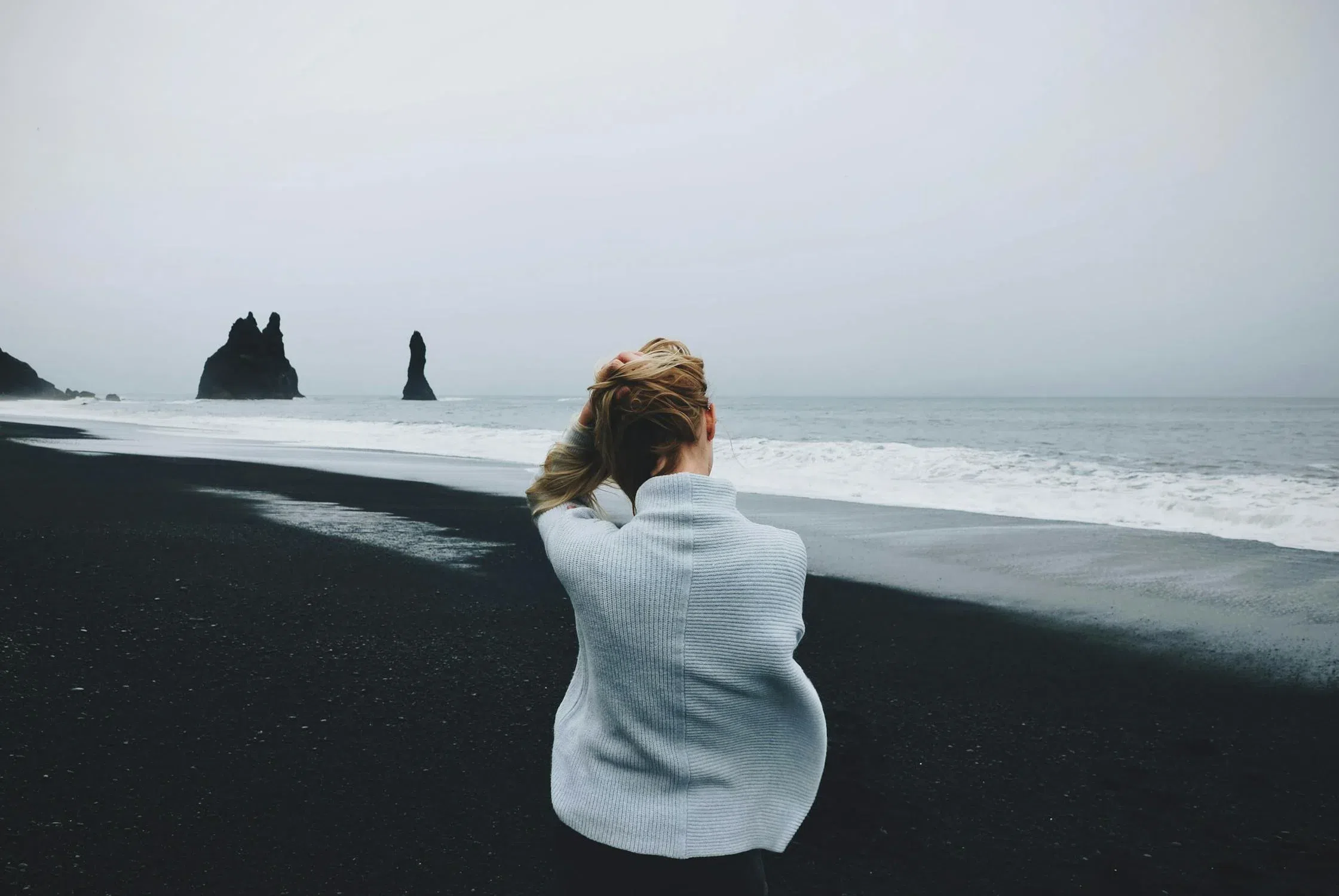10 Essential Tips for Experiencing the Northern Lights in Finland
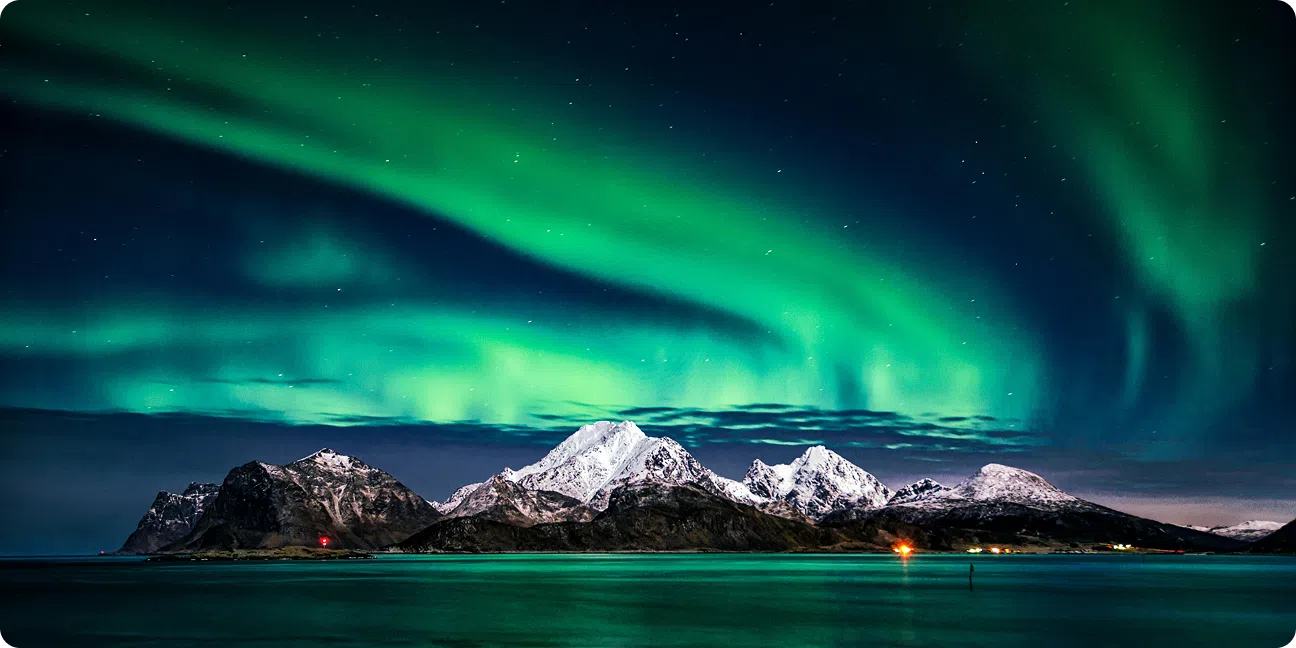
Few travel experiences compare to standing under a sky alive with shimmering green, purple, and red lights. Witnessing the Northern Lights (Aurora Borealis) in Finland is on many travelers’ bucket lists, but it requires more than luck. With the right planning, tools, and mindset, you can turn your dream into reality. This guide provides you with detailed, tried-and-tested tips to maximize your chances of seeing the aurora during your winter trip to Finnish Lapland.
1. Choose the Right Time of Year
Auroras are visible in Finland roughly from September through March, when nights are long and skies dark enough. The best chances usually fall in September-October or at the end of February-March, when the Arctic is still in dark nights but with clearer sky compared to the deep winter months. These months come with extremely cold temperatures and fewer daylight hours (as little as 3–6 hours per day), but the extended darkness gives you the highest odds of seeing the lights. Shoulder months like September–October and March also offer milder temperatures and can be rewarding, especially for photographers looking to capture both autumn landscapes or spring snow with auroras overhead.
2. Travel North for Better Chances
The further north you go, the stronger the aurora activity becomes. While it is possible to see the Northern Lights in southern Finland during strong solar storms, you’ll have much better odds in Lapland, north of the Arctic Circle. Popular viewing areas include Rovaniemi (easy to access by flight), Levi (great for skiing plus auroras), Inari (excellent for remote viewing), and Utsjoki (one of the darkest and most reliable locations). Resorts like Apukka Resort near Rovaniemi allow you to enjoy the aurora directly from glass igloos or Aurora cabins – perfect if you prefer comfort over chasing.
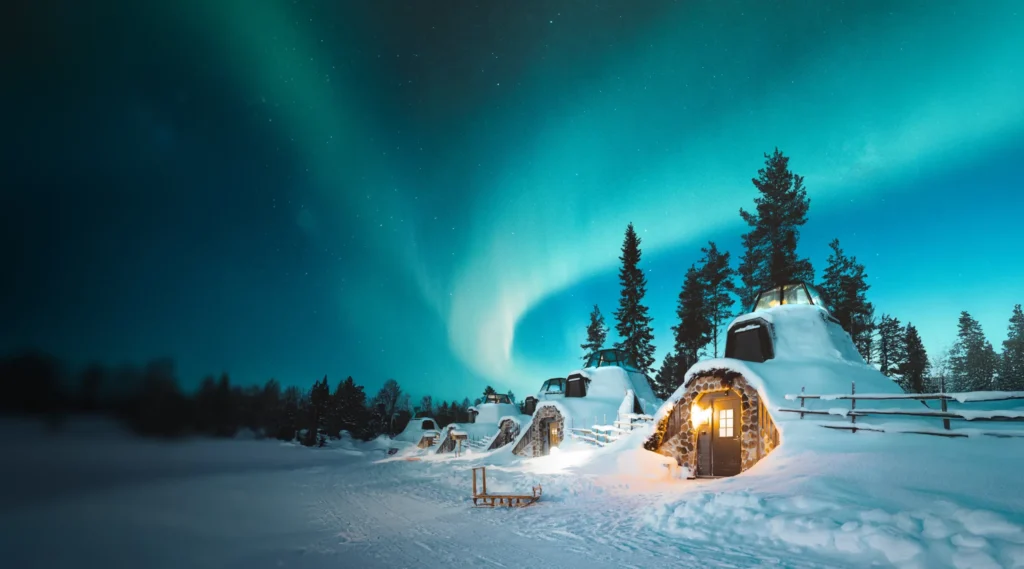
3. Check Aurora Forecasts and Weather
Auroras depend on two things: solar activity and clear skies. To stay updated, use multiple resources rather than relying on a single forecast. Good tools include:
- Aurora Alert! (Finland-specific with live camera feeds)
- My Aurora Forecast (iOS & Android, user-friendly global app)
- SpaceWeatherLive (solar activity and geomagnetic updates)
- Finnish Meteorological Institute (FMI) for accurate local weather and cloud forecasts
Combining aurora forecasts with cloud cover predictions gives you the best picture of when to head outside.
4. Stay for Several Nights
Auroras are unpredictable – sometimes they appear strong one night and not at all the next. To increase your chances, plan to stay in Lapland for at least 3 to 47 nights. This way, even if clouds cover the sky one night, you may still catch the show on another. Longer stays (5–7 nights) are even better, especially if the Northern Lights are the highlight of your trip.
5. Avoid Light Pollution
Artificial lights make it harder to see the aurora clearly. Cities and main roads may glow with light pollution, so it’s best to head into darker areas. Many Lapland resorts are designed specifically for this purpose, with cabins located away from bright lights. If you are staying near Rovaniemi or Levi, take a short drive into the forest or onto a frozen lake for clearer skies. For photographers, darkness is essential to capture the aurora’s colors vividly.
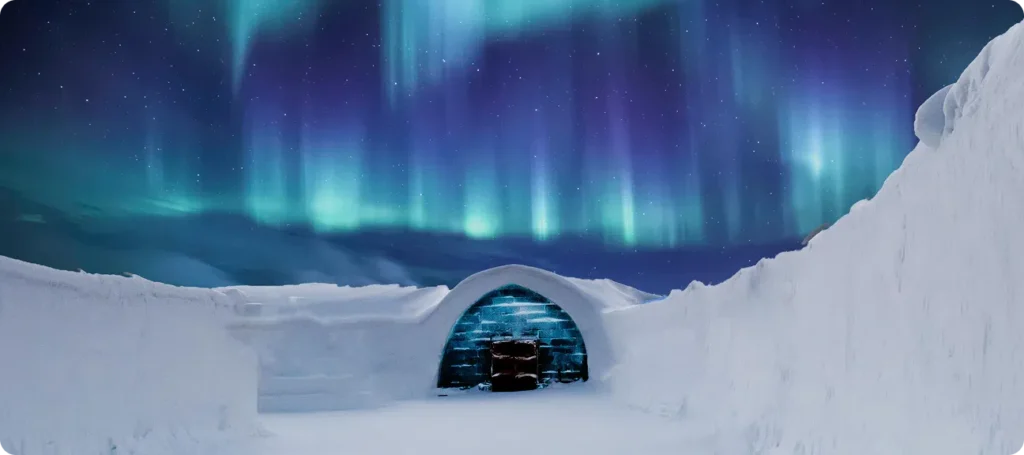
6. Be Patient and Stay Comfortable
Waiting for the aurora often means standing outside in extreme cold for long periods. Temperatures can drop to -20°C or even -30°C. Wear multiple layers: merino wool as a base, an insulating fleece or down jacket, and a waterproof, windproof outer shell. Don’t forget warm boots, wool socks, gloves, and a good hat. Bring a thermos with hot drinks – it will keep you warm while you wait. Patience is key: the lights may appear suddenly after hours of silence, rewarding those who didn’t give up too early.
7. Know the Best Viewing Hours
Auroras can appear anytime during dark hours, but statistically, the most active window is between 9 PM and 1 AM. This doesn’t mean they can’t occur earlier in the evening or later at night, so it’s wise to keep watch or use alert apps. Some accommodations even provide aurora wake-up calls, so you won’t miss them while asleep.
8. Capture the Lights with the Right Equipment
While modern smartphones can sometimes capture faint auroras, serious photographers will want a DSLR or mirrorless camera. Use a wide-angle lens with an aperture of f/2.8 (or lower), a sturdy tripod, and manual settings (ISO 800–3200, shutter 5–20 seconds depending on brightness). Bring spare batteries – cold weather drains them quickly. For beginners, many guided tours include photography tips and sometimes even equipment rentals.
9. Join a Guided Aurora Tour
If you want to maximize your chances, consider joining a professional aurora hunting tour. Guides know the local landscape, safe driving routes, and real-time weather patterns. They often take guests far from tourist crowds into pristine wilderness, where the auroras shine brightest. Tours may also include photography assistance, warm drinks, and the chance to learn about local culture while you wait.
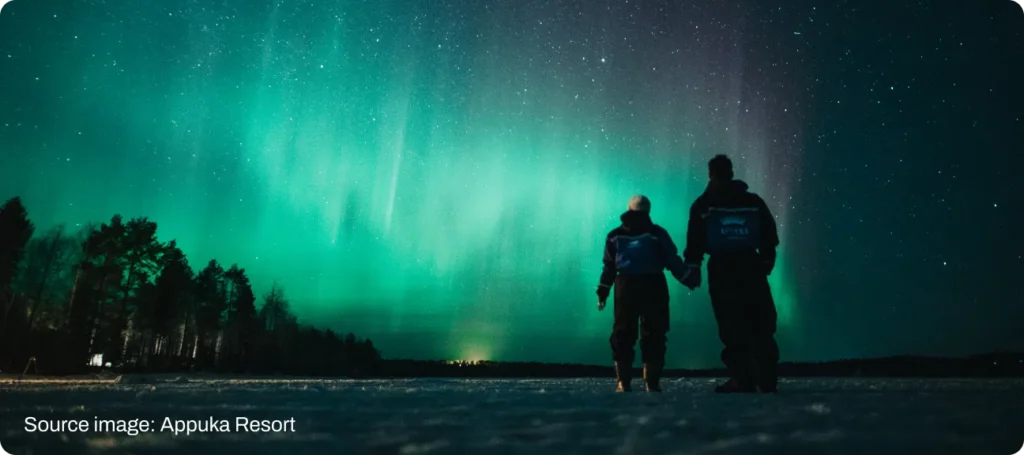
10. Enjoy the Moment Beyond the Photos
It’s tempting to focus on your camera, but the most memorable part of aurora hunting is the experience itself. The silence of Lapland’s snowy forests, the crunch of ice underfoot, and the first shimmering green waves across the sky are unforgettable. Take a few moments to put the camera down and absorb it fully- those memories will last longer than any photo.
Final Thoughts
Catching the Northern Lights in Finland is never 100% guaranteed, but by traveling at the right time, heading north, checking forecasts, and staying prepared, your odds improve dramatically. Remember: it’s as much about the journey as it is about the lights themselves.

